Growing Chayote in Northern California
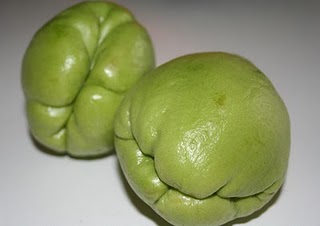
Growing up, I remember my aunt growing this odd vegetable in her backyard. The plant was huge and took over her the shed in her backyard as well as the arbor that was about 10 feet x 10 feet. The plant was so monstrous and was completely covered in these weid looking vegetables that looked like they were from another planet or from the movie “Little Shop of Horrors”.
My mother would take home huge bags filled with the vegetables and stir fry them. They were very tasty.
The vegetable above is called a Chayote and are grown in warmer areas around the world. are now widely grown in tropical and subtropical areas around the world. They are known as christophine, chocho to Madeirans, pipinella to Italians, and pipinola to Hawaiians.
I bought 2 from safeway and have them sitting on a plate in a dark cupboard in the garage, waiting for some shoots to emerge so I can plant them.
Here are some instructions I found:
How to Plant:
Select a mature chayote fruit from your grocery store. If there is still danger of a freeze, put your chayote in a dry, dark place and wait for sprouts to emerge. Once sprouts have emerged you can either plant the whole fruit about 4” deep in damp soil. Position the fruit at about a 45 degree angle (fat side down), so that the shooting end points downwards, and that the other end peaks above the soil level (pointy end). The fat end will produce both the roots and the plant. If the soil is warm enough you can skip planting in a pot and plant directly in-ground.
Once the soil is warmer and the threat of freeze is gone, plant near a fence or other strong supporting structure in your garden. If planting more than one, space approximately 1 yard apart to allow plenty of growing room for the vines. Build a trellis or better yet an arbor for your vines to grow on.
How to Water:
When first planted in the pot or in ground water sparingly because the plant does pull its nutrients from the fruit around the seed. Once the Chayote is established it does requires a lot of water, to keep the vine growing. For it to grow appropriately, plan to water it regularly (esecially in dry periods and in late summer).
How to Fertilize:
Several weeks before planting, add a dose of compelte fertilizer or compost to the growing area.
Halfway through the summer growing season, apply another dose of the complete fertilizer to the plant’s garden bed.
During second year of growth, fertilize again around the new shoots during early spring.
Gardening Challenges:
Chayote is normally pretty problem free. You may see some aphids, spiders, or pumpkin beetles.
How to Harvest:
Harvest the chayote fruit when light green and about 2-3” long. The larger the fruit, the less flavor.
Uses:
You can slice and stir fry them or boil them until soft, scoop out the flesh, mix with breadcrumbs stuff back into chayote shell and bake. Or throw them on the grill. Pretty much anything you can do with summer squash you can substitute chayotes.
When the plant is old enough you can even harvest the roots and eat them.
The first year you can expect 30-40 fruits and up to 100 fruits the next couple of years.
I try to update with progress on my chayotes when I can.
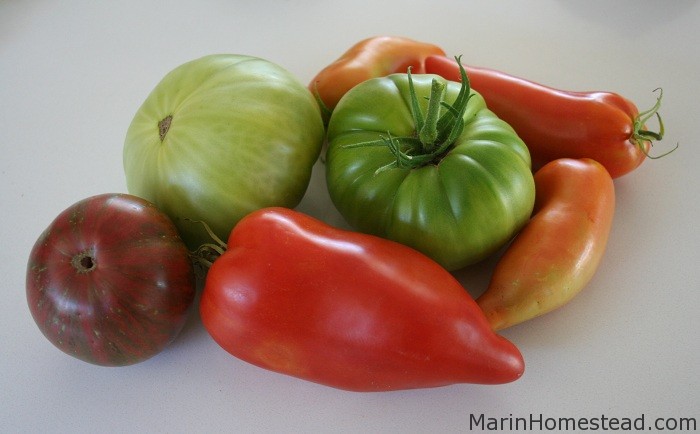
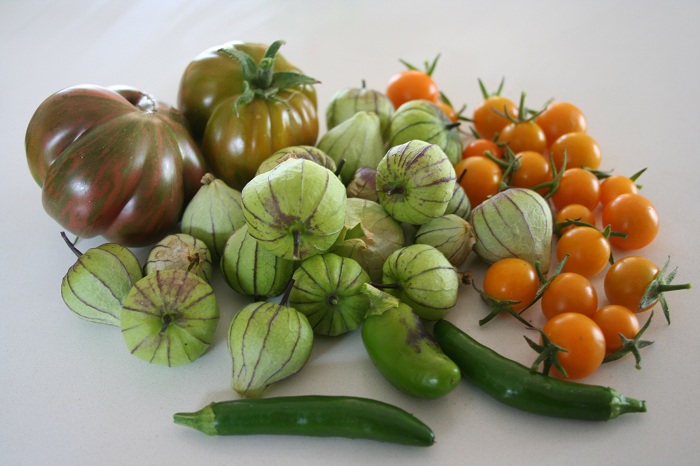
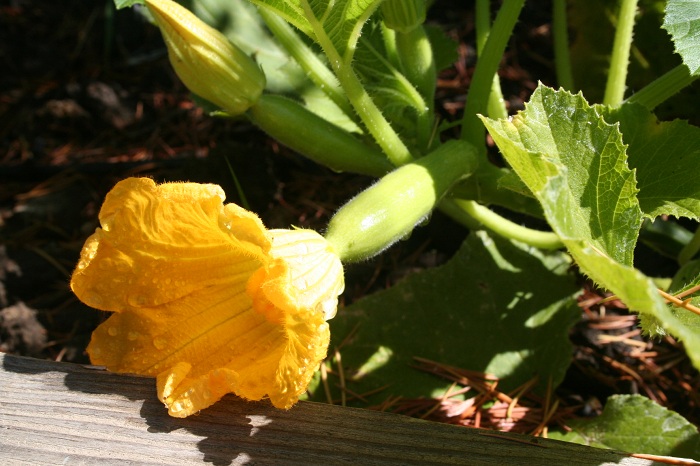
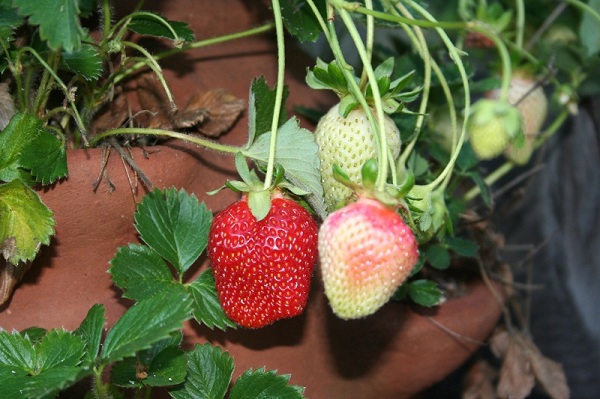
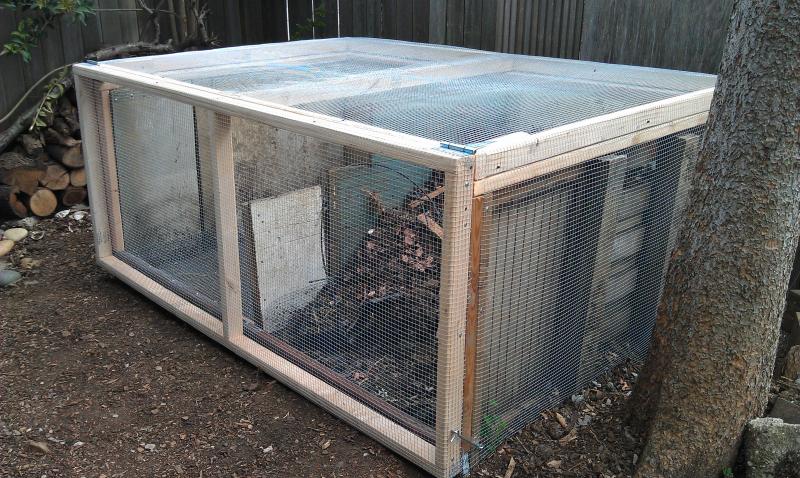
Yep "choko" (Choke-o) as we call them here in Australia is a great vegetable that I also grew up on and have recently discovered again.
Interestingly there is a long standing myth in Australia that McDonald's Apple Pies were actually made of chokos!
Hi SP8: i think i do remember hearing the mysth about mcDonald pie fillings.
How do you like to cook your "choko"?
Thanks for the tip-bit on how to grow. I am going to try to grow Chayote for the frist time. I am in NC. I’ll let you know how it goes!
Hi Maggie, I bet you will be able to do it! Keep me posted!!